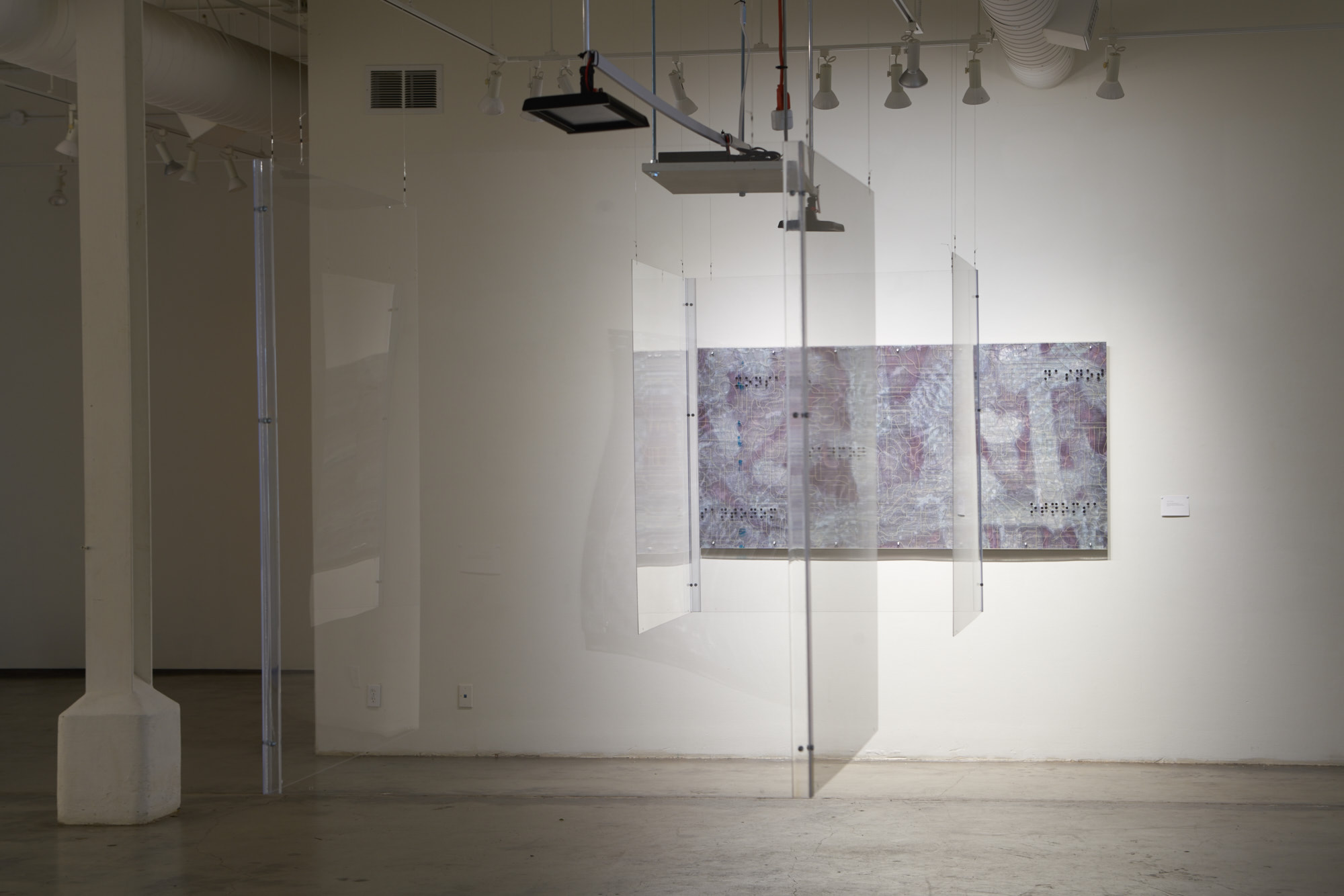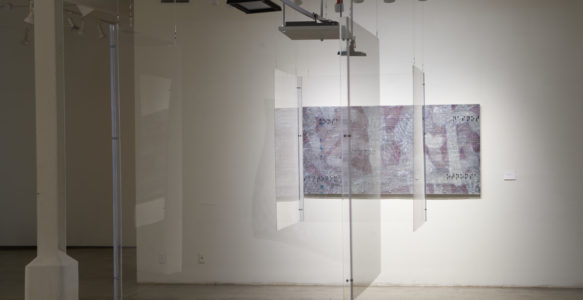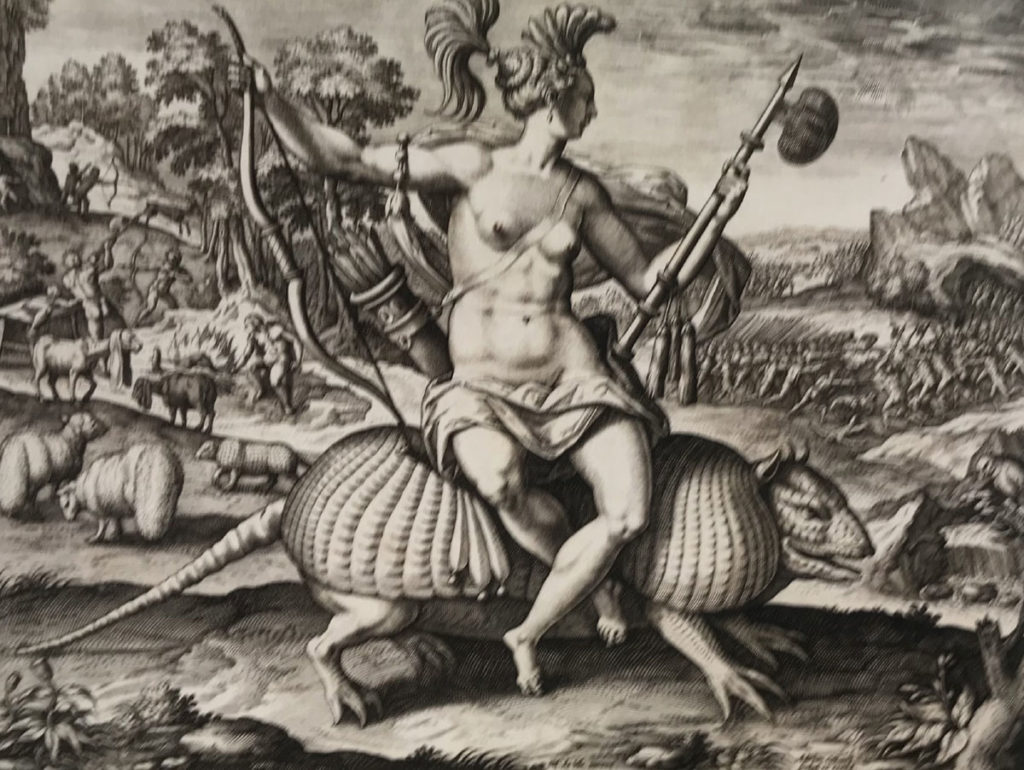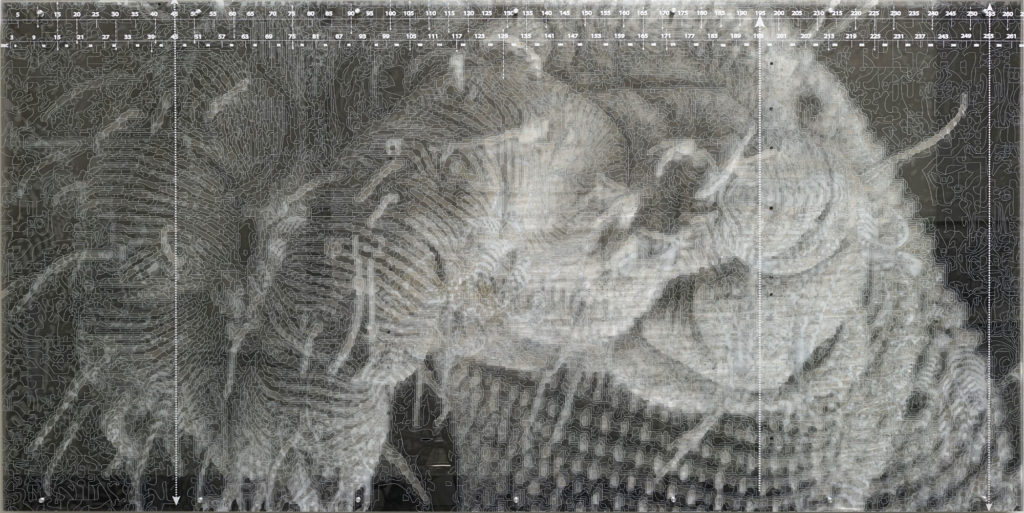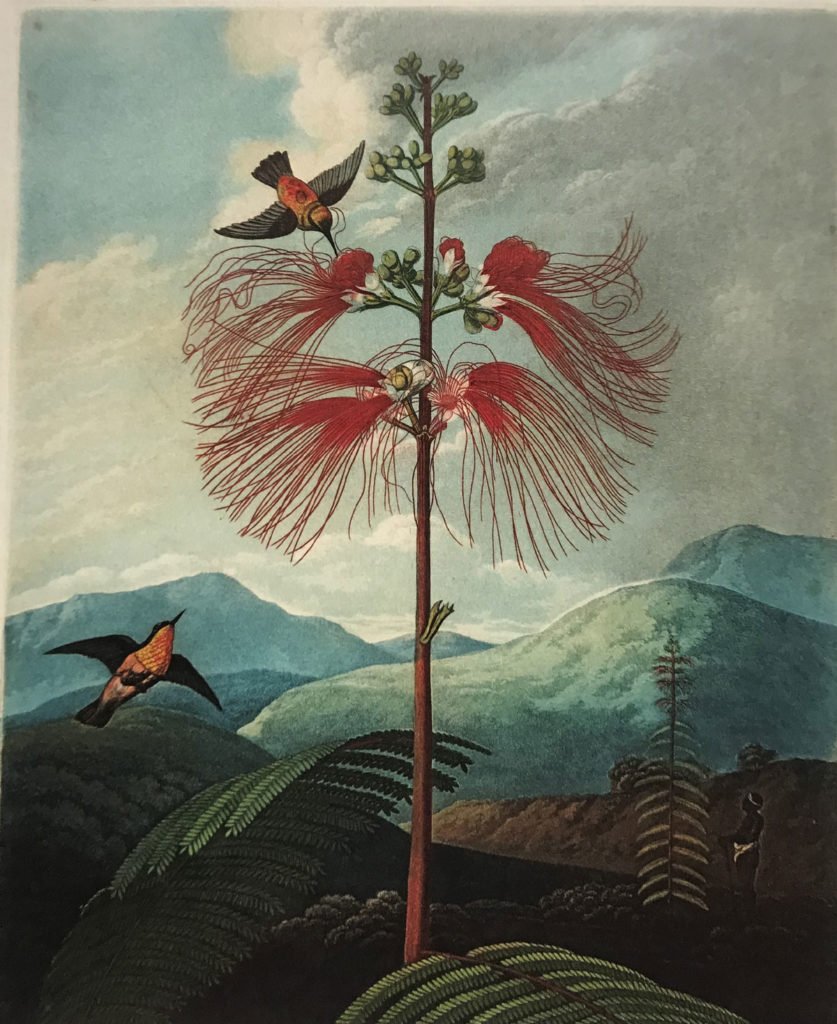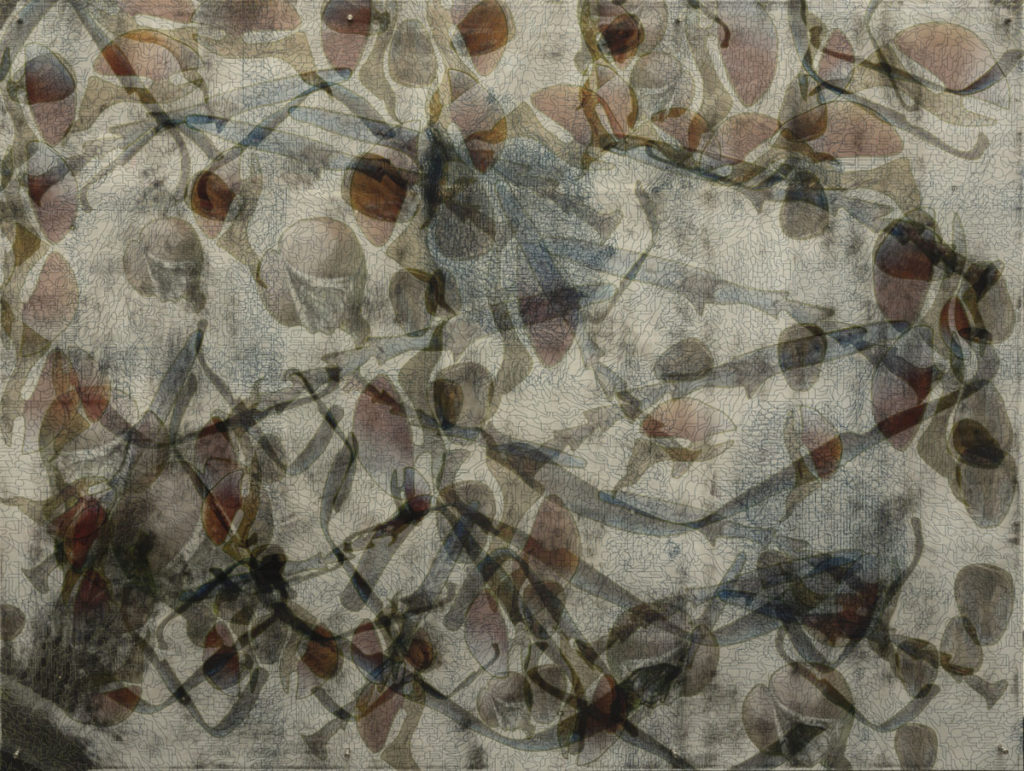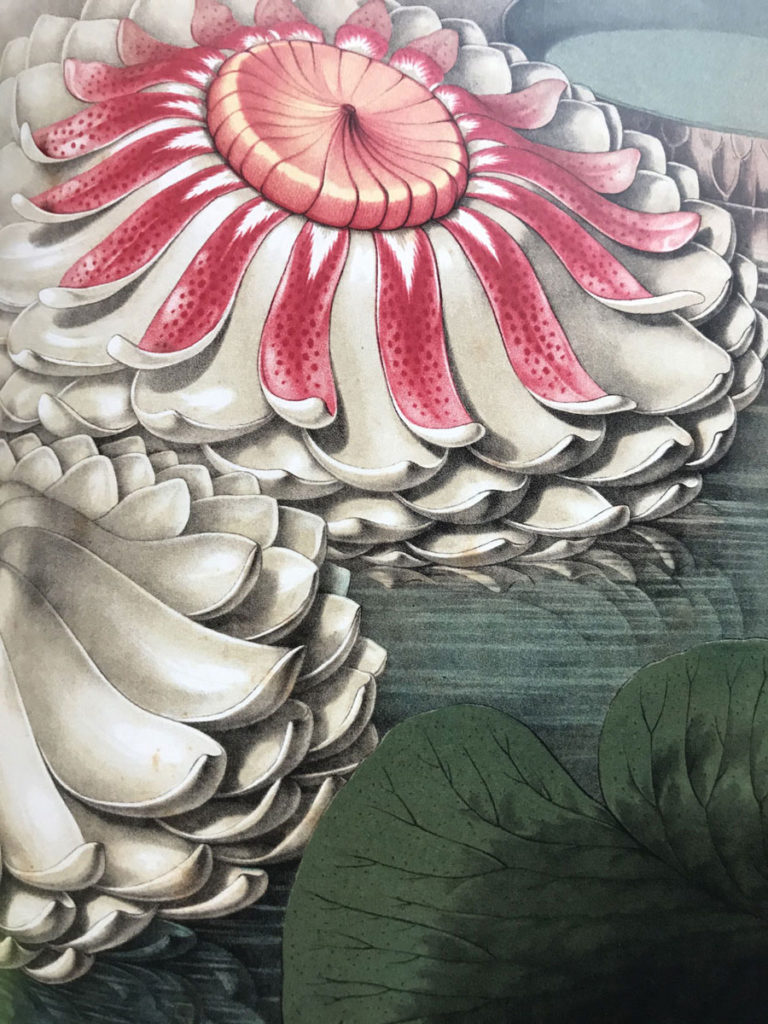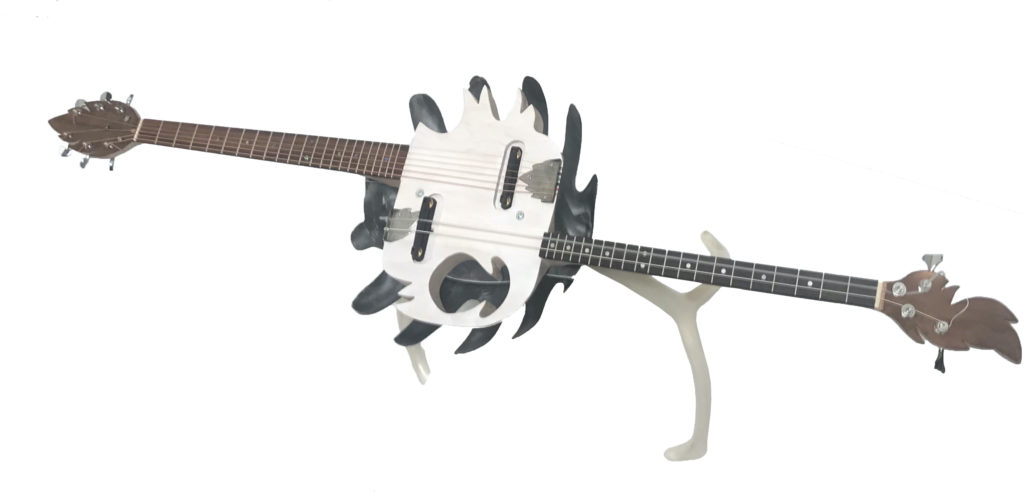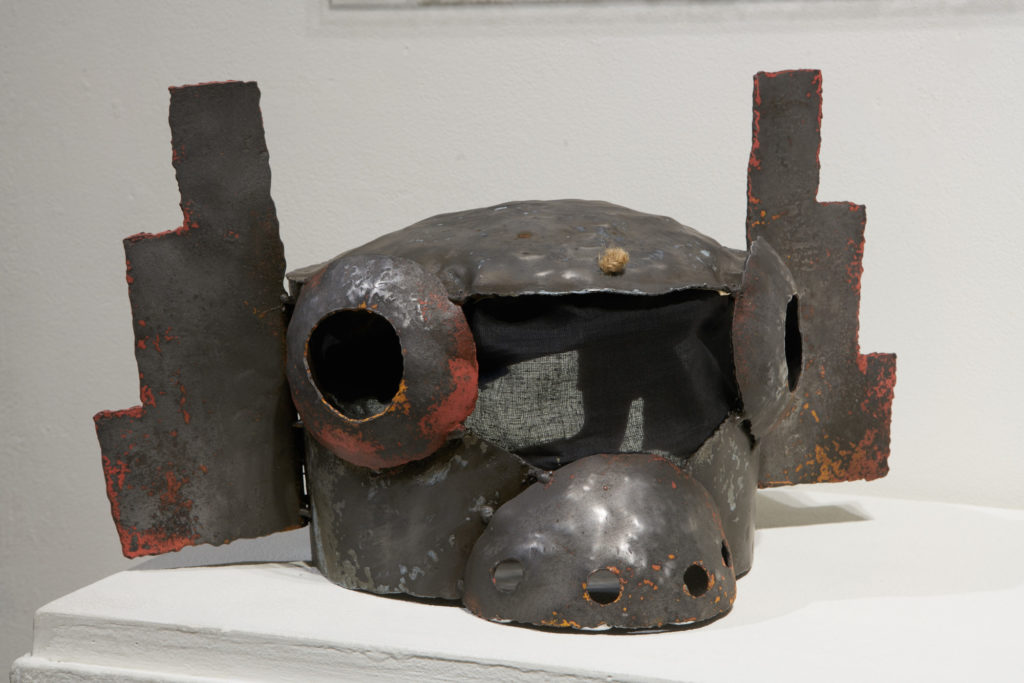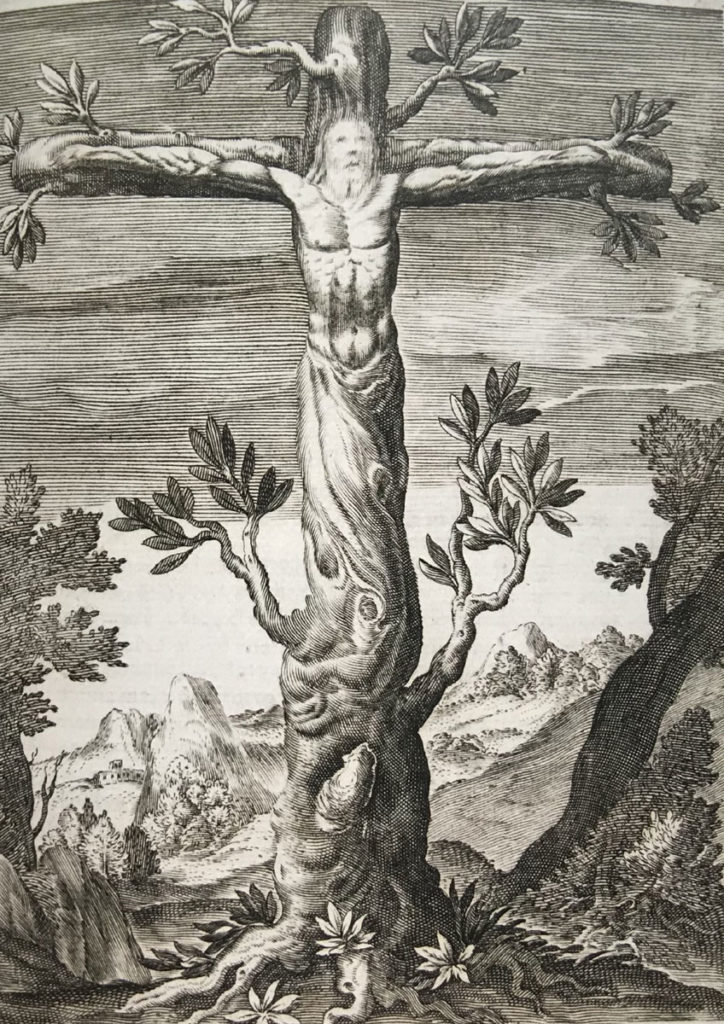http://www.magnoliaeditions.com/artists/guillermo-galindo/
Sonic Biogenesis: Genomics and Mutant Jungles, this series, originally known as Sonic Botany are a continuation of a project commissioned for the Getty’s Pacific Standard Time biennale (2018). Sonic Botany was shown at the Virginia Steele Scott Galleries of American Art at the Huntington Library in Los Angeles, California as a dialogue parallel
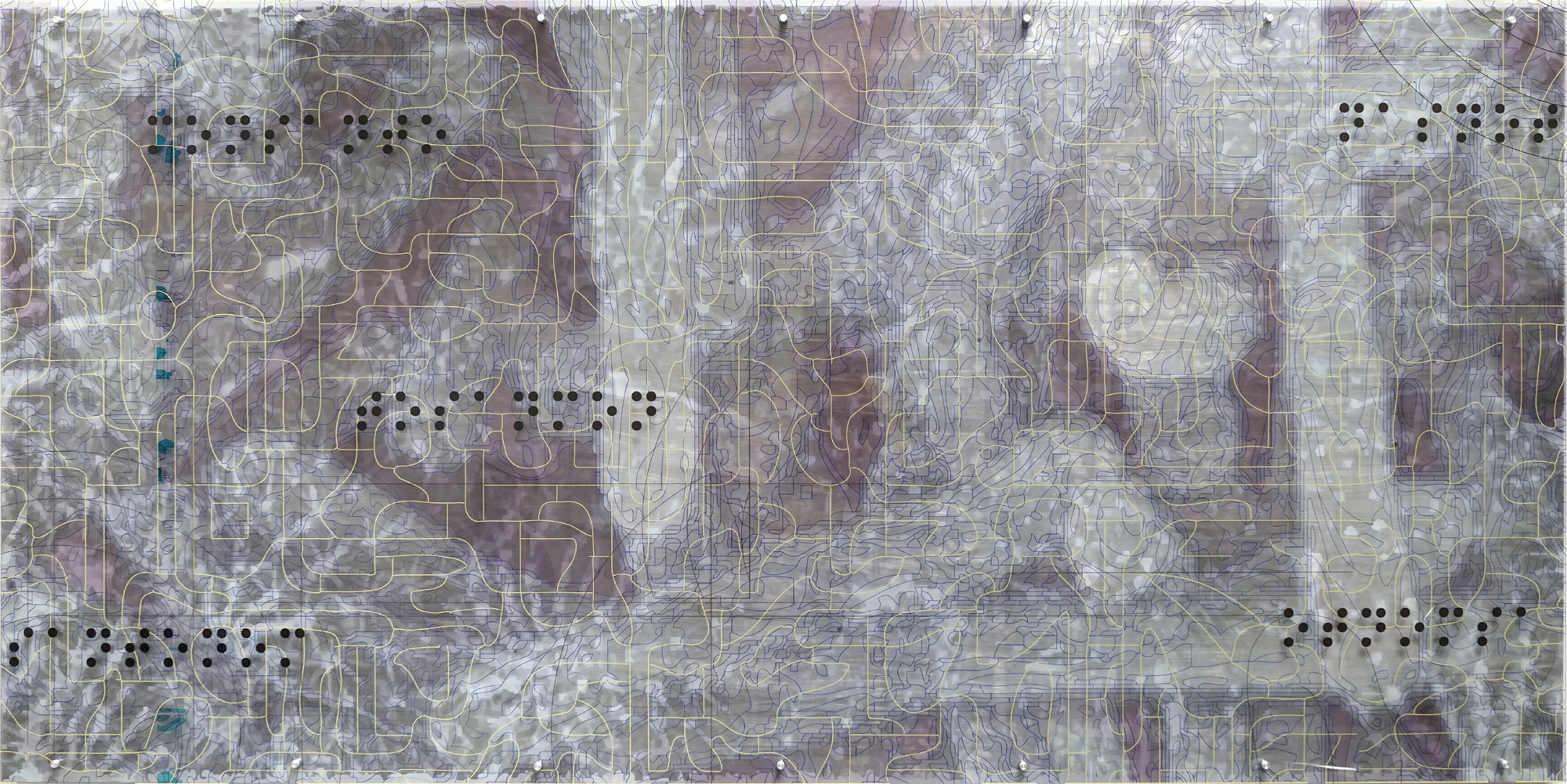
to the exhibit “Visual Voyages: Images of Latin American Nature from Columbus to Darwin,” which contained a collection of European codices that visually cataloged the flora and fauna of the Americas at the time of the colony. The exhibit consisted on graphic scores, soundscapes and live performance.
Galindo!s Sonic Biogenesis: Genomics and Mutant Jungles genomic scores consist of graphic representations of his ethno-futurist imagery of post-apocalyptic jungles, ritu Guillermo Galindo NSV 11 (nososcarida viscosa), 2017 als and sonic environments. His graphic scores consist of a combination of textures that merge plants, animals, and microbes. Galindo’s unique symbolic language based on contemporary music notation underlines how research and data have historically sustained systems of power and commodification particularly connected to colonialism.
The intention of this exhibition is to compare European codification and naming of plants and animals, that were often seen through the lease of domination and religion, with similar present systems of profit and commerce.
Science, while often considered to be neutral and objective, has always played a role in colonizing, commodification and conquest. For instance, naturalists were often motivated by the desire for new remedies to treat European ailments (economic or medical). The unsustainable exploitation of the “New World” jungles and forests still has and will keep having a repercussion in our daily lives specifically on those of the, so called, third world. Usually refer to as a problem of the past, biotech corporations of today keep pushing the boundaries of ethics and possibility as they seek to modify the environment and creatures to best suit the needs of humans. Inspired by writer’s such as Octavia Butler, Galindo considers his body of work a “window to futuristic mutant environments” as he sees a direct link to his artwork and the human-made environmental modifications that are ushering societies around the world towards dystopian futures (events such as Chernobyl, Fukushima, the patterns of Global Warming evident worldwide, as well as the use of the gene-editing tool CRISPR) and the possibility of biological wars through pandemics.
Writer Nick Stone describes Galindo’s Sonic Biogenesis: Genomics and Mutant Jungles series in the following way: “The artist likens this visual strategy to the troubling tendency of corporations to combine plant, insect, and bacterial genomes, creating new species resistant to weather or disease. The paired layers of these works create a shifting, kaleidoscopic sense of movement and visual complexity; each piece appears to change, as if metamorphosing, as the viewer passes by.”
Stone continues, “Galindo says that these works evoke “mutant jungles,” a comment on the colonization of the microscopic world by corporations. Just as the Spanish colonized the New World, he explains, assigning names to the “new” species they encountered, so do today’s corporate powers use patents to assert their dominance over a world of flora and fauna that is hidden from the naked eye. As the invisible becomes the domain of science – a turn Galindo links to the Greek concepts of mythos and logos, or the overtaking of religious or mythic concepts by reason and science – these works ask us to consider the ways in which contemporary corporations have taken advantage of this shift to manipulate and colonize the territory of the unseen.”
Art Historian Sugata Ray describes Galindo, saying he “generates a different graphic archive to reconsider the history of imperial bioscience where nonhuman agents take on a far more central role than that has been accounted for in history. The mutant as a product of colonial violence emerges as a leitmotif in Galindo’s work, looping in the past and the present to foreground other voices speaking from beyond the smoke screen of European botany’s universalist hubris.
Sonic Biogenesis: Genomics and Mutant Jungles has been show at Kala Arts (2020) as part of the Dissonant Matter exhibit, Beacon Gallery in Boston, Massachusetts solo show (2021) and Qualia Gallery in Palo Alto, California (2021).
Presently Sonic Biogenesis is a work in progress that including instrument design, written compositions and performances by The Living Earth Show and Galindo himself with animation by Christoph Steger.
